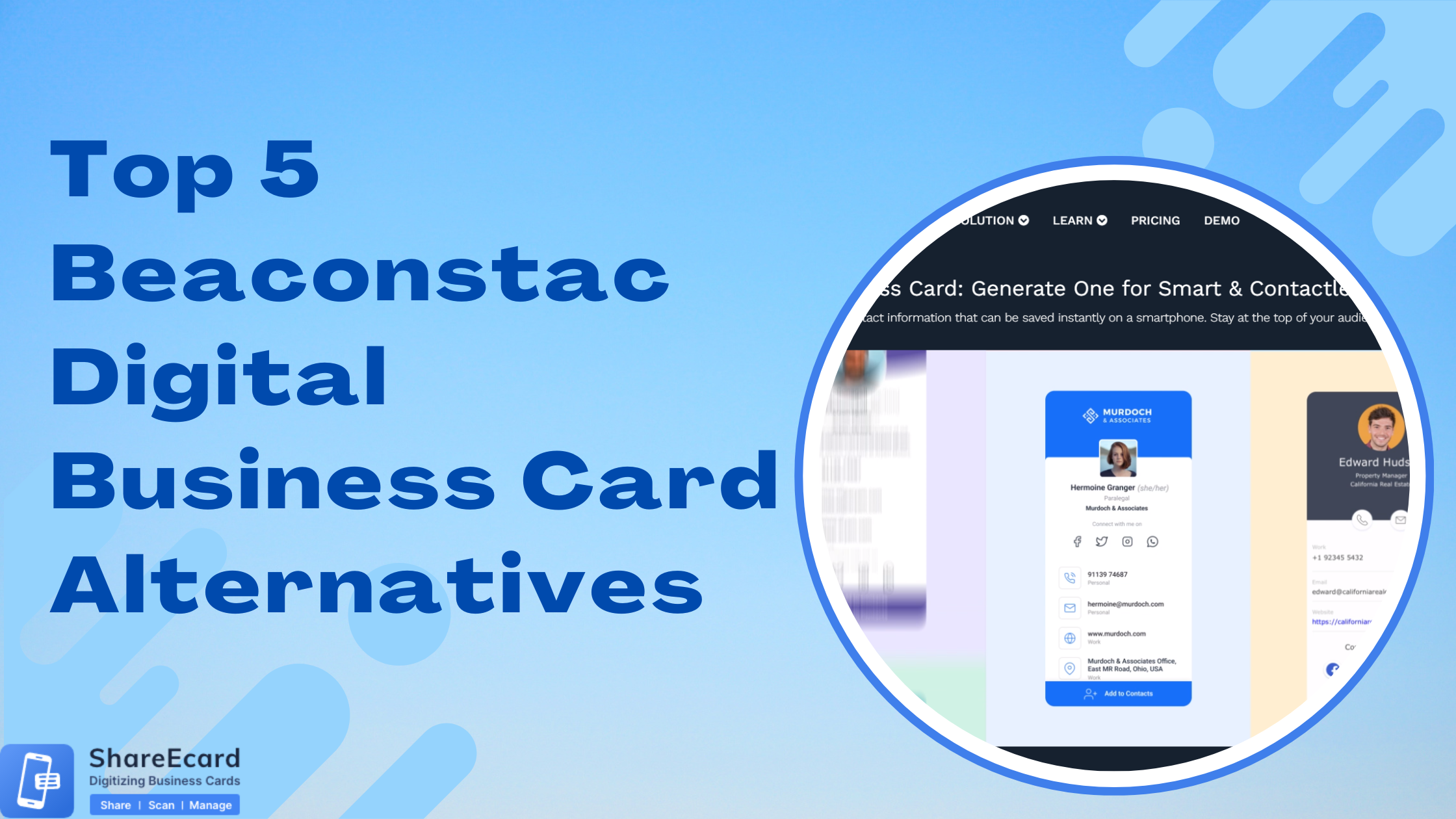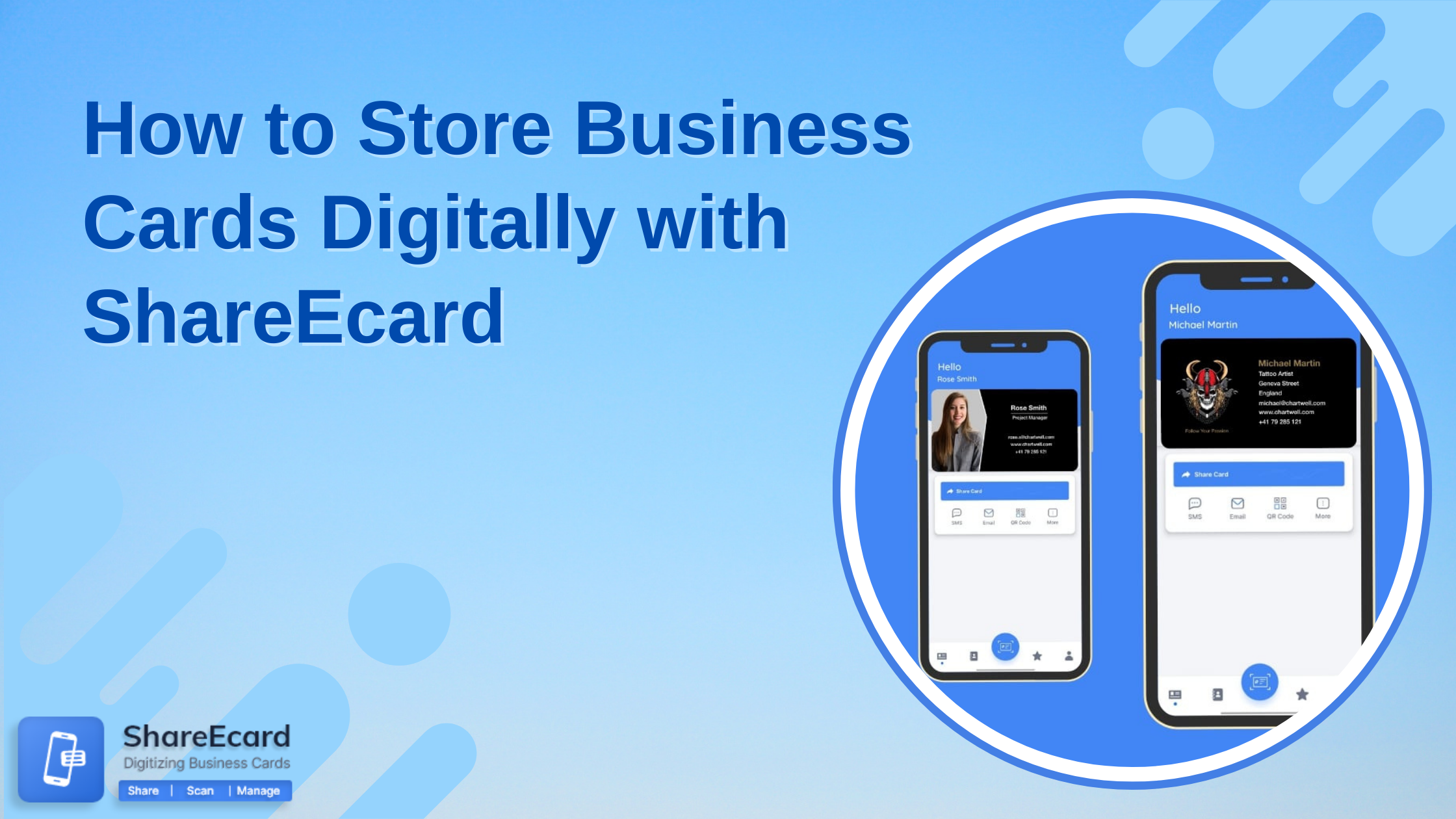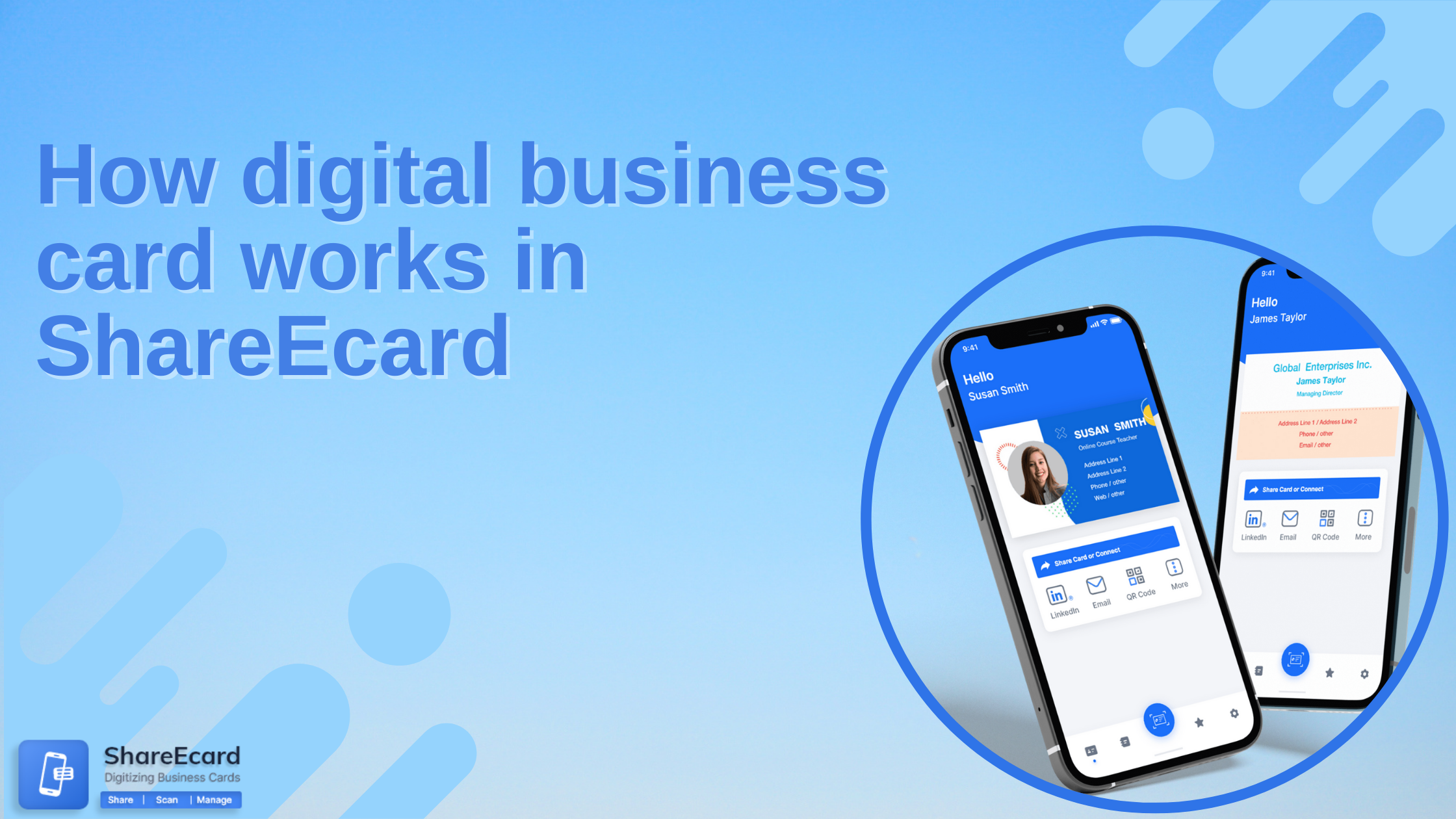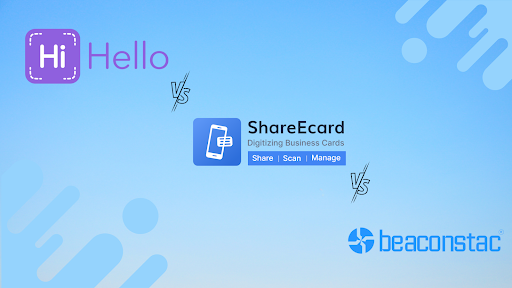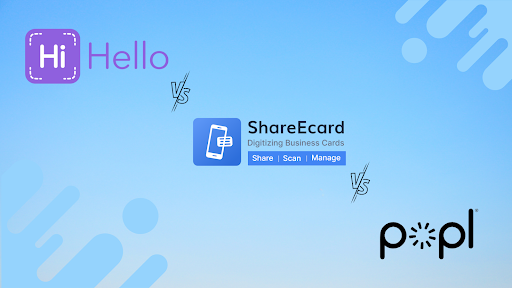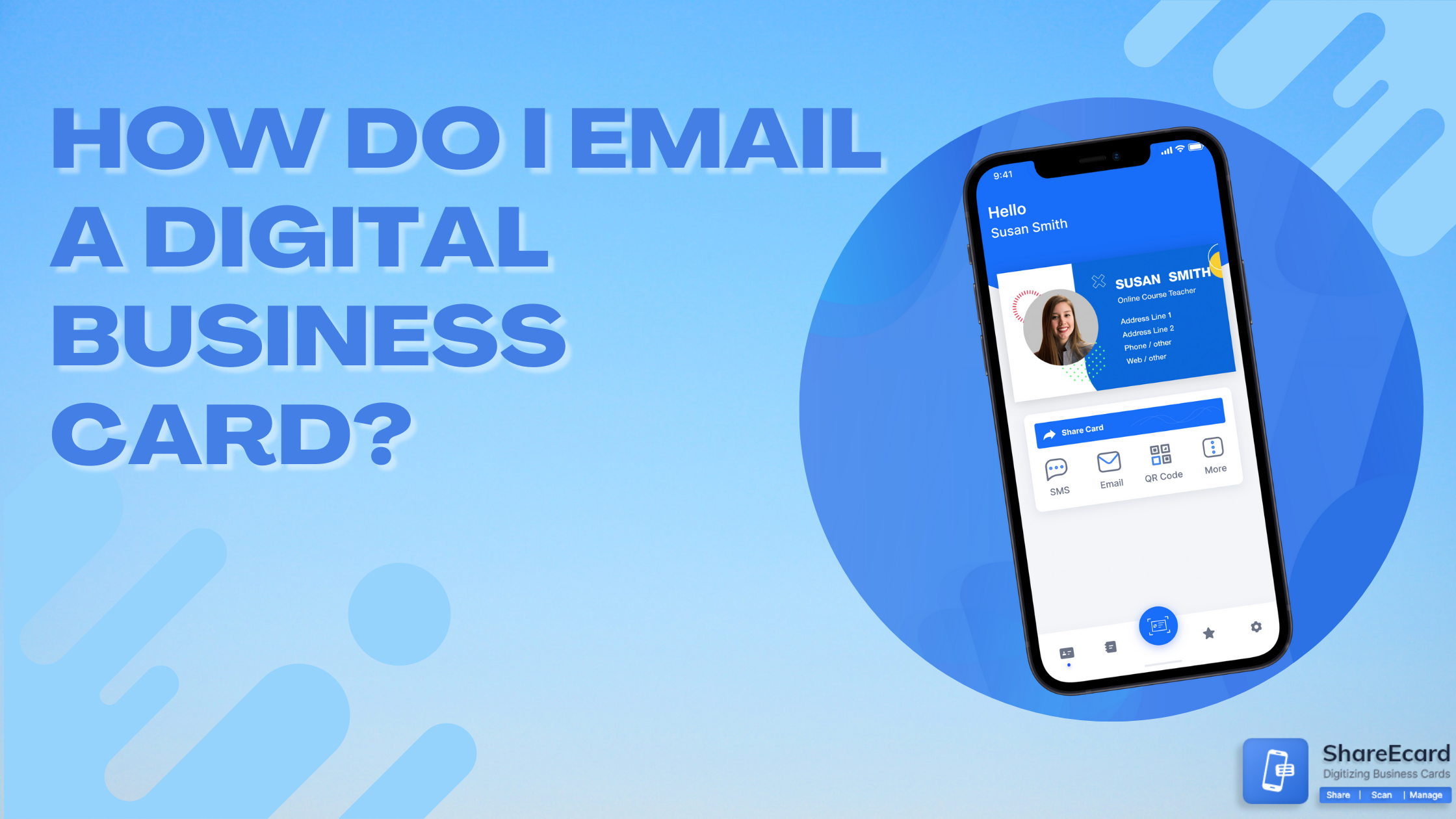What is the Challenger Sales Model?

-
The Challenger Sales Model is a sales approach that focuses on challenging a customer's assumptions and perceptions to drive a sales conversation.
Brent Adamson and Matthew Dixon of the corporate consulting firm CEB develop this methodology. The Challenger Sales Model has gained widespread popularity in the sales industry.
By challenging customers' beliefs and encouraging them to see problems differently, sales professionals using this approach can differentiate themselves from competitors and drive more successful sales outcomes. Today, in this blog, we will discuss more about this approach.
-
Five Profiles of Challenger Sales Model
This sales model identifies different profiles of successful salespeople. Each of them has their strengths and weaknesses. Let us brief you about those profiles.
The Challenger
This profile is characterized by a deep understanding of the customer's business, industry, and challenges. Challengers use this knowledge to challenge the customer's thinking and offer new insights and perspectives. In addition, they are skilled at building consensus among stakeholders and are fearless in pushing back when necessary.
The Relationship Builder
This profile mainly focused on building relationships with prospects and long-lasting customer relationships. They are excellent listeners and communicators and adept at creating trust and rapport with their contacts. In addition, they are often skilled at navigating complex organizational structures and building broad networks of contacts.
The Hard Worker
This profile has a role of relentless hard work with ethics and determination. They are deemed to invest enough time and effort to achieve their goals. Moreover, they stay aware of time management and resources effectively. Finally, they are persistent and tenacious in their pursuit of success.
The Lone Wolf
Their independence and self-confidence characterize this profile. As a result, Lone Wolves are often high-performing salespeople who prefer to work alone and rely on their instincts and abilities. As a result, they can be challenging to manage but highly effective in the right situations.
The Reactive Problem Solver
These salespeople are always available when a problem arises with any customer. They are highly qualified to solve customer problems and provide practical solutions. However, at some point, they may need help providing proactive solutions.
Each of these profiles has its strengths and weaknesses, and successful sales teams will often incorporate a mix of these profiles to create a well-rounded approach to selling.
The Challenger Sales Model emphasizes the importance of identifying and developing Challenger salespeople, who are particularly adept at challenging the customer's thinking and creating new opportunities for growth and success.
-
Challenger Sales Process
The Challenger Sales is a systematic process based on the principles of the Challenger Sales Model. Here is the breakdown of the step-by-step process.
Research
Before reaching out to customers, salespeople must do profound research to understand customers' businesses, industries, and challenges. This allows them to tailor their approach and messaging to the customer's specific needs.
Reframe
The salespeople challenge their customers' thinking with research and offer them new insights and perspectives. They reframe the customer's understanding of their business challenges and present them with a new way of thinking about their problems.
Rational Drowning
Once the customer recognizes the need for change, Challengers use data and insights to show how their solution can help address the customer's challenges. They create a sense of urgency and build a business case for their solution.
Emotional Impact
The challengers will bring an emotional impact by doing messages on a deeper level. They will try to convince them using vivid stories and paint a picture by providing practical solutions.
A New Way
Finally, Challengers present their solution as a new way of doing business. They show how their solution is different from the status quo and how it can transform the customer's business.
Throughout the Challenger Sales Process, the salesperson remains in control of the conversation, challenging the customer's assumptions and pushing them to think differently about their business challenges. The ultimate goal is to create a sense of urgency and persuade the customer to take action to address their problems.
-
How to integrate Challenger Sales Model to create an impactful customer experience?
Integrating Challenger Sales Model with Digital Business Cards can create a personalized and immersive customer experience.
Digital Business Cards can help share insights and resources that challenge the customer's thinking. For example, salespeople can send links to articles, videos, and other resources that provide a different perspective on the customer's business challenges and opportunities.
By sending insights and information, the salespeople can maintain a flow of communication and build strong relationships with customers. It will be beneficial to personalize the sales conversation. Salespeople can use digital business cards to showcase their expertise and experience and to tailor their message to the specific needs and interests of the customer.
Yes, Digital Business Cards can improve a buyer's experience. By sharing all the information and details, salespeople can make it easier for buyers to make informed decisions.
With Digital Business Cards, customers can track customer engagement and measure success. By monitoring customer interactions with digital business cards, salespeople can gain valuable insights into their interests, needs, and buying behavior and can use this information to refine their sales approach.
-
Final Words
In conclusion, the Challenger Sales Model is a sales approach that emphasizes the importance of challenging a customer's assumptions and perceptions to drive a sales conversation.
The model identifies five profiles of successful salespeople, each with strengths and weaknesses. The Challenger Sales Process is a systematic approach that salespeople can follow to challenge the customer's thinking and create new opportunities for growth and success.
By integrating Challenger Sales Model with Digital Business Cards, salespeople can create a personalized and immersive customer experience that can improve the buyer's experience and help sales teams gain valuable insights into their interests, needs, and buying behavior.



















